CREATION OF THE MUSEUM
When I first went to Radomsko, I thought I would go there only once in my life. Therefore I took hundreds of pictures of the streets and of the buildings.
But after those 2 amazing weeks in Radomsko in September 2011, spending Yom Kippour in my grandparents’ garden z”l, and befriending very nice people there (some with Jewish roots), I couldn’t resist and I went back one year later.



Meantime, I learned the basics of Polish language during 3 intensive weeks in Argentina, wanting to surprise my friends in Radomsko.
But the surprise was for me : when I came back, I discovered that Radomsko had just twinned with Kyriat Bialik (a town in Israel) and when I saw 200 Israeli students walking in the streets of Radomsko, all wearing blue jeans and white shirts, and singing the “Hatikva” (the Israeli National anthem), the emotion was unbelievable !
I could only cry. It was like in a dream. My father and his friends would never believe what I was seeing !!

At the end of the day, the students of Radomsko and Kyriat Bialik hugged eachother, wishing to meet very soon again.
To see Jews and Poles embracing one another was for me like “The Twilight Zone” !
I thought that Radomsko deserved a huge project in the city. But which one ?
As I was writing about that fantastic day to my cousins in Argentina and sending them pictures of the streets of Radomsko, the idea of showing LIFE through the Jewish buildings came to my mind as if by magic !
I had known the day before that Mrs. Edyta Cebula-Woldan, who works at the Starostwo (Prefecture of Radomsko), wanted to create a sculpture in memory of the Jews. When I told her my idea of a Jewish Memorial throughout the city and with the theme of life, she loved the idea and introduced me to the Prefect, Robert Zakrzewski, and to the Mayor, Anna Milczanowska, who both Immediately accepted the concept with enthusiasm.
Since then we became friends and she is now the Director of Communication of the “Kesselman Museum” in Poland, along with Mr Zygma.



It took me 18 months of intensive effort and research in all the Archives concerning Radomsko. A few weeks in the Archives of Piotrków Trybunalski, at the Regional Museum of Radomsko, at the Sąd/Tribunal and in the City Hall, and at the Prefecture of Radomsko. And also reading the +600 pages of the Yizkor Bukh of Radomsk in English online and in the original book in Yiddish and Hebrew. I even went to Canada, Israel and Argentina to film Radomskers, survivors of World War II, in order to collect all the evidence, indefatigably.




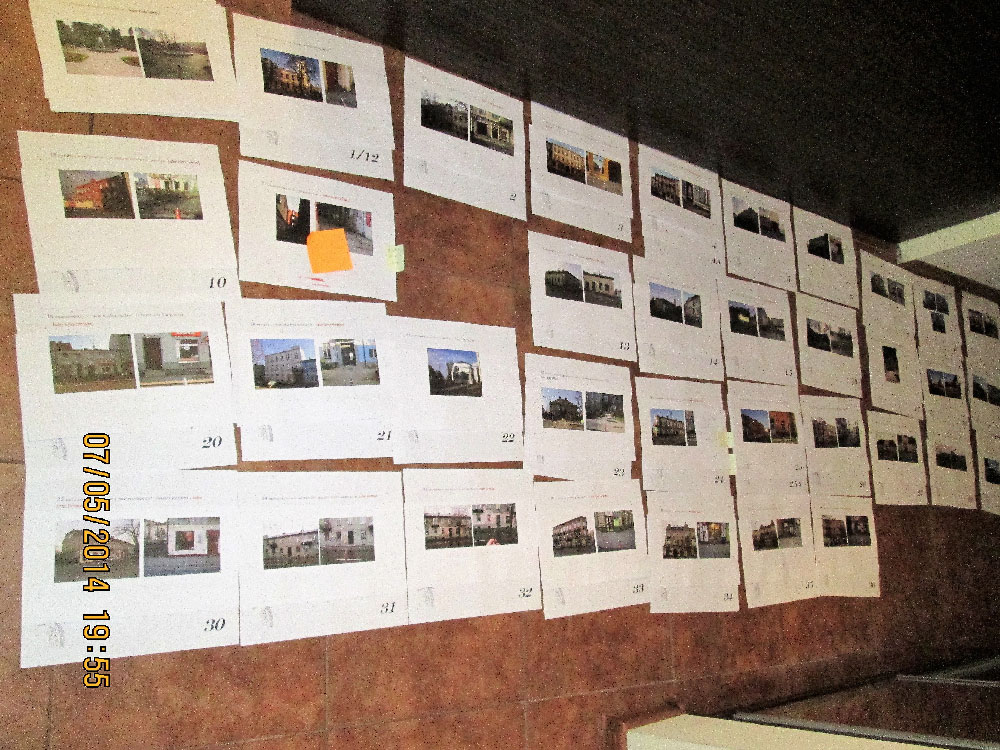

Then I had to choose a company to install the plates in the streets of Radomsko. The choice was difficult…

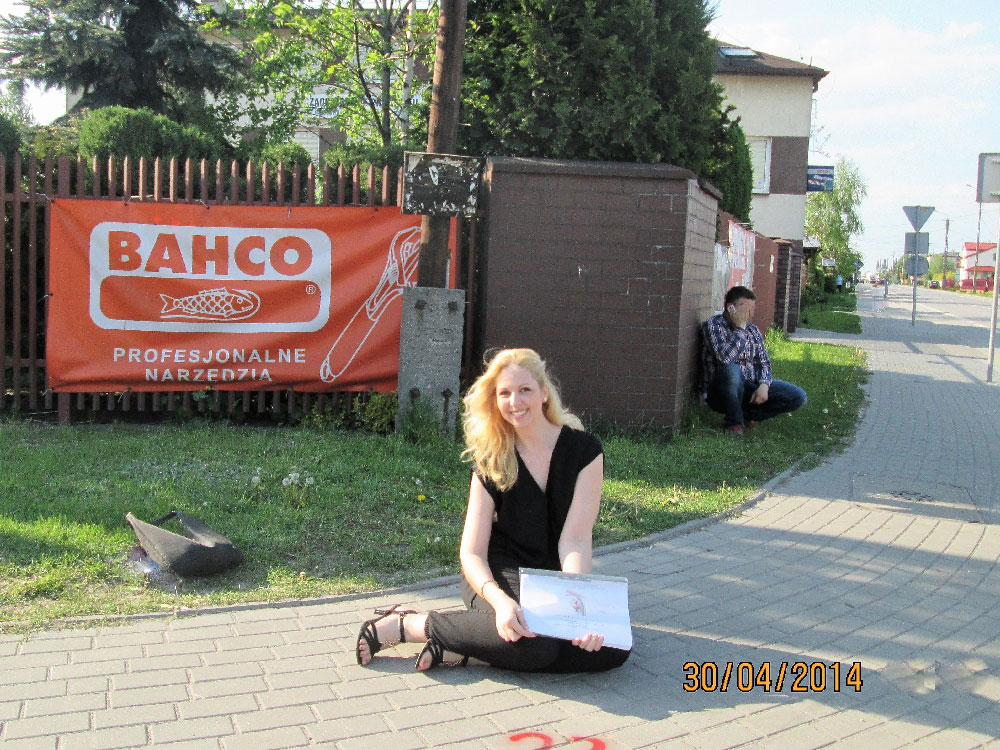

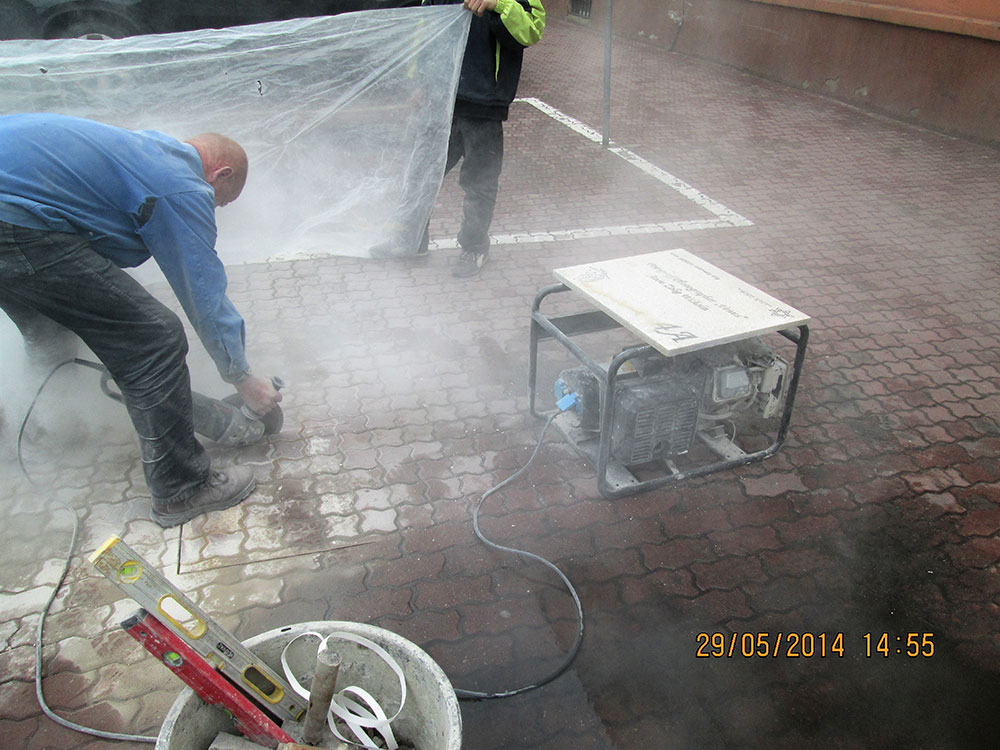


We inaugurated the “Kesselman Museum in Radomsko”, the First Jewish Open Air Museum in Europe, on June 2nd 2014, on my late father’s civil birthday z”l, in the presence of a large number of Ambassadors from Europe, Israel and Argentina, with the Chief Rabbi of Poland and a hundred guests from all over the world.
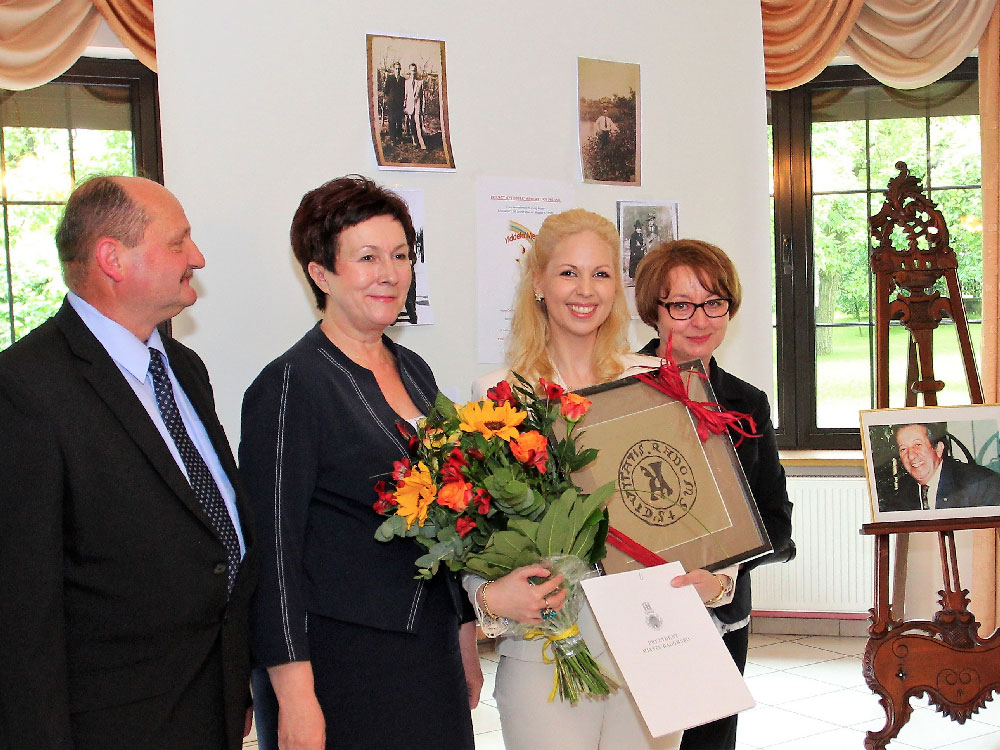



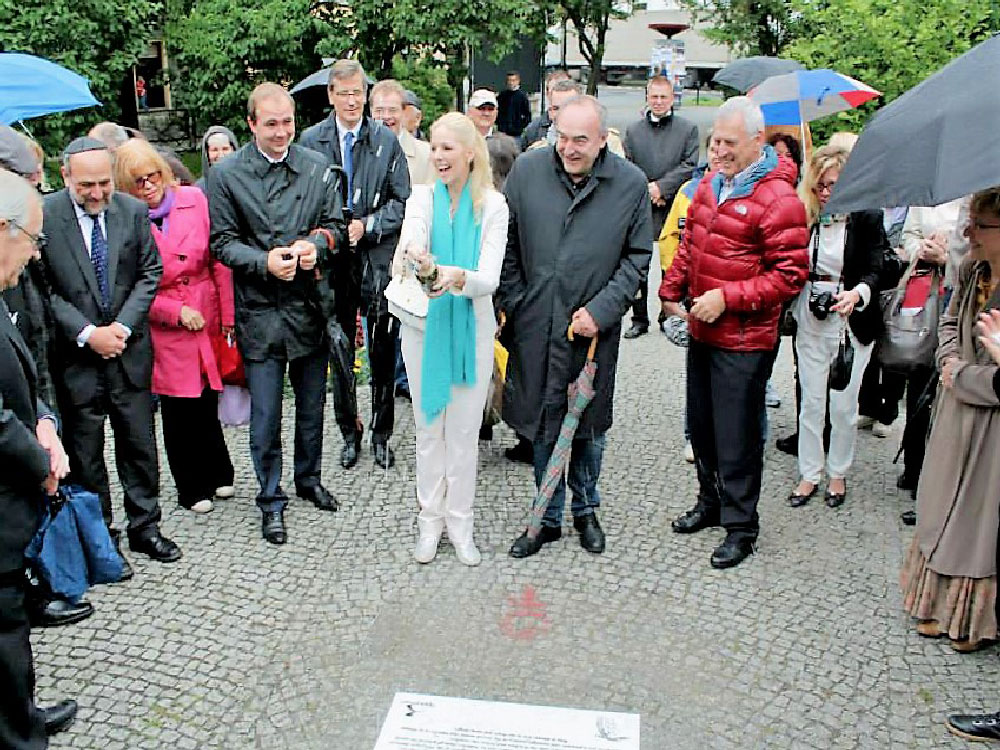

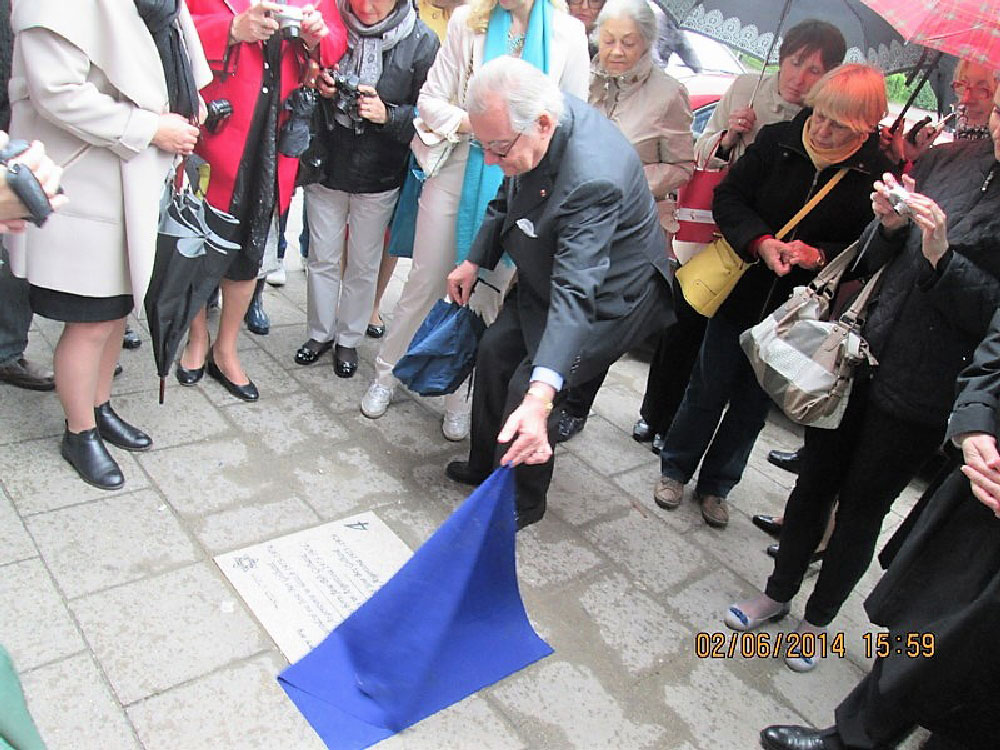

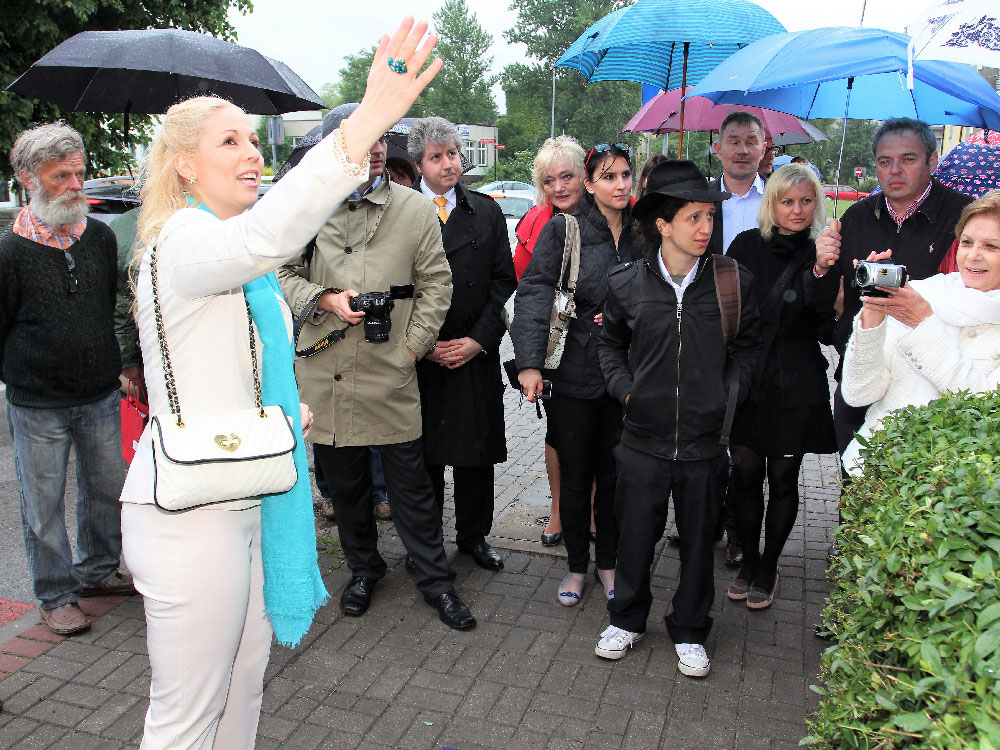

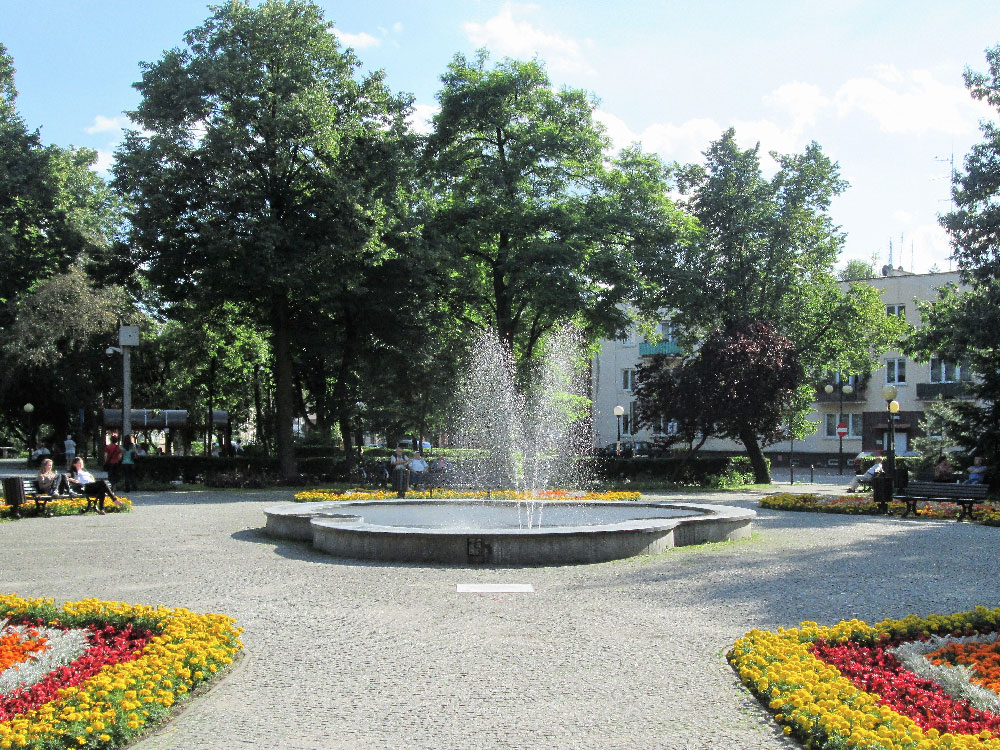
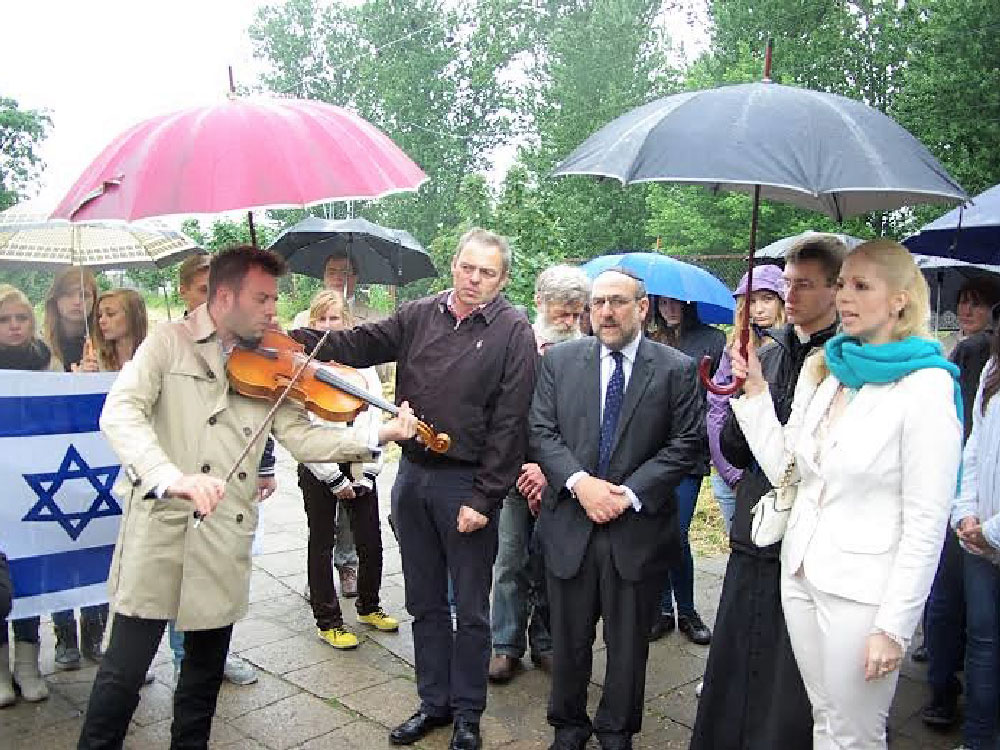


Poland is not only the place where the Jews have been murdered during the 6 years of Holocaust.
Poland was before everything a safe haven for the Jews who were persecuted and burned in the rest of Europe. For about 1000 years, they settled in Poland, developping the richest religious life, contributing to the construction of that country, living in peace and reaching 3,5 million people before WWII !
Radomsko is not a small shtetl of 3 streets. Nor it is a megacity like Warsaw or Łódź.
Radomsko is a charming town of 50,000 inhabitants, where it is agreeable to walk the streets that have remained in their original style and where we can understand and imagine the Jewish life.
The Jews represented 55% of the population in 1933. Since the second half of the 19th century, 80% of Radomsko has been built on the Jewish initiative.
And most important, on top of being the 3rd largest Hassidut of Poland, Radomsko was reknowned for being a large Jewish cultural center of Poland, with a sionist heart.
It was time to pay tribute to them and honor their memory.


